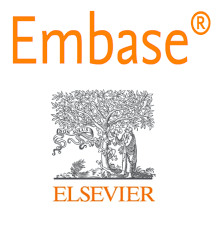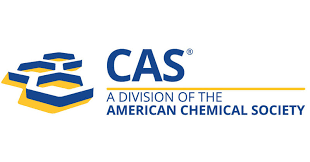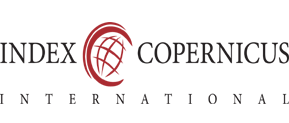An Evaluation of Impact of Vaginal Candidiasis on Infant Health in Postpartum Women and its Comparative Study of Fenticonazole vs. Clotrimazole in Tertiary Care Hospital of Purba Medinipur: A Hospital-Basedstudy
Keywords:
Vaginal Candidiasis, infant, InfectionAbstract
Background: Vaginal candidiasis in postpartum women can lead to neonatal thrush and other infant health complications due to vertical transmission during delivery or breastfeeding. Candida infections in the vaginal area are frequently referred to as “vaginal candidiasis” or “Candida vaginitis.” Infection of the oestrogenised vagina and the vestibulum that can spread to the outside of the labia minora, the labia majora, and the intercrural region is defined as vulvovaginal candidiasis. After bacterial vaginosis, it is considered the 2nd most common among many causes of vaginitis Objective: To compare the efficacy of vaginal fenticonazole and clotrimazole in treating postpartum vaginal candidiasis and assess its impact on infant health. Methods: A prospective study was conducted on 46 postpartum women with vaginal candidiasis in West Bengal. Participants were randomized into fenticonazole (n=23) and clotrimazole (n=23) groups. Maternal clinical cure rates, microbiological eradication, and infant health outcomes (oral thrush, diaper rash, feeding difficulties) were evaluated. Results: Fenticonazole showed higher clinical (87% vs. 78%) and microbiological cure rates (91.3% vs. 82.6%) than clotrimazole. Infants of mothers with unresolved candidiasis had a significantly higher incidence of oral thrush (34.8% vs. 8.7%, p < 0.05) and diaper dermatitis (26.1% vs. 4.3%, p < 0.05). Conclusion: Effective treatment of maternal candidiasis reduces infant fungal infections. Fenticonazole may be preferable due to higher efficacy.
.png)









